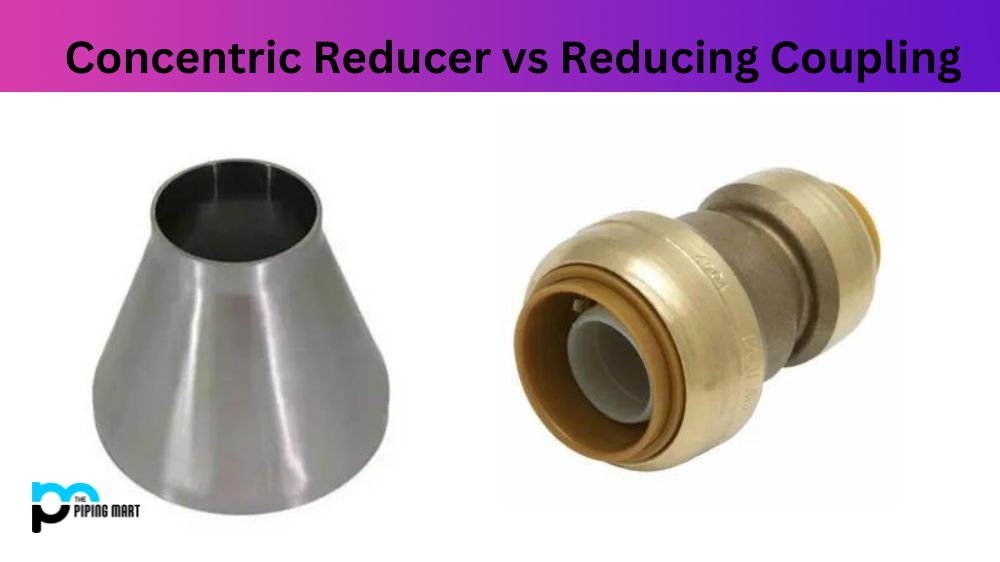Plasma technology has been around for quite some time, but it is only recently that its potential applications have begun to be fully explored. It is a type of energy transfer that occurs when gas molecules are heated until they become a hot ionized gas or plasma. In this article, we will take a look at the advantages and disadvantages of plasma technology to help you decide if it is right for your needs.
Advantages of Plasma Technology
One of the main advantages of plasma technology is its ability to generate high temperatures. This allows it to be used in welding and cutting applications where heat is needed to join two objects together or cut them apart. Additionally, plasma can be used in medical applications such as wound healing and tissue regeneration, as well as in the production of semiconductors and other electronic components.
Another major advantage of plasma technology is its efficiency. Since it relies on electricity rather than fuel, it produces less waste than traditional methods such as burning fossil fuels. Additionally, because the reactions occur at high temperatures, fewer energy losses occur during the process. This means that more energy can be converted into useful work with less wasted energy being produced as byproducts.
Increased Efficiency
Plasma technology is able to increase the efficiency of various processes. For example, in the chemical industry, plasma technology can be used to create new and more efficient reactions. Additionally, plasma technology can be used in the food industry to improve the shelf life of food products.
More Environmentally Friendly
Plasma technology is also more environmentally friendly than other technologies. For example, plasma technology can be used to clean up oil spills and hazardous waste. Additionally, plasma technology can be used to create new and more environmentally friendly products.
Improved safety
Plasma technology also improves safety in various industries. For example, plasma technology can be used in the healthcare industry to sterilize medical instruments. Additionally, plasma technology can be used in the food industry to kill bacteria and viruses that may cause food poisoning.
Reduced Costs
Plasma technology can also help to reduce costs in various industries. For example, in the automotive industry, plasma technology can be used to improve the fuel efficiency of vehicles. Additionally, plasma technology can be used in the construction industry to create stronger and more durable materials
Increased Productivity
Finally, plasma technology can also help to increase productivity in various industries. For example, in the manufacturing industry, plasma technology can be used to improve the speed and accuracy of production processes. Additionally, in the agriculture industry, plasma technology can be used to improve crop yields.
Disadvantages of Plasma Technology
Despite its numerous advantages, there are also some drawbacks associated with plasma technology. One of these is the cost associated with producing and maintaining the equipment necessary for use in plasma processes. Additionally, there are safety concerns due to the high temperatures generated by plasmas which can cause burns or even explosions if not properly controlled or monitored. Lastly, there are environmental concerns due to the production of certain pollutants from plasmas which may contribute to global warming or other environmental damage if released into the atmosphere in large quantities over long periods of time
Limited Lifespan
One of the biggest disadvantages of plasma TVs is their limited lifespan. The average lifespan of a plasma TV is around 60,000 hours, which is significantly shorter than the lifespans of LCD and LED TVs. Additionally, the lifespan of a plasma TV can be shortened by factors such as excessive heat, prolonged use, or screen burn-in.
High Energy Consumption
Plasma TVs also consume more energy than other types of TVs. In fact, they are typically the most energy-intensive type of TV on the market. This is due to the fact that plasma TVs use more power to produce their images. As a result, they tend to cost more to operate than other types of TVs.
Heavy and Bulky
Plasma TVs are also heavier and bulkier than other types of TVs. This makes them more difficult to transport and can make them difficult to mount on walls. Additionally, the large size of plasma TVs can make them difficult to fit into smaller rooms or spaces.
Susceptible to Image Retention
Another disadvantage of plasma TVs is that they are susceptible to image retention. Image retention occurs when an image is burned into the screen, resulting in a permanent ghost image. Image retention can be caused by displaying static images for prolonged periods of time, such as those found in video games or movies.
Prone to Screen Burn-In
Screen burn-in is another issue that plagues plasma TVs. Screen burn-in occurs when an image is displayed on the screen for so long that it becomes permanently etched into the display. This can happen with static images or images that are frequently displayed, such as those found in news channels or stock tickers.
Conclusion:
Plasma technology has many potential uses and applications, ranging from medical treatments to industrial processes such as welding and cutting metals. However, before making any decisions about using this form of energy transfer, it is important to consider both its advantages and disadvantages so you can weigh up whether it would be suitable for your specific needs or not. By taking all these factors into consideration, you should be able to make an informed decision regarding whether or not you should use plasma technology in your business operations or personal projects.

Pipingmart is a B2B portal that specializes in metal, industrial and piping items. Additionally, we share the latest information and information about materials, products and various types of grades to assist businesses that are involved in this business.




